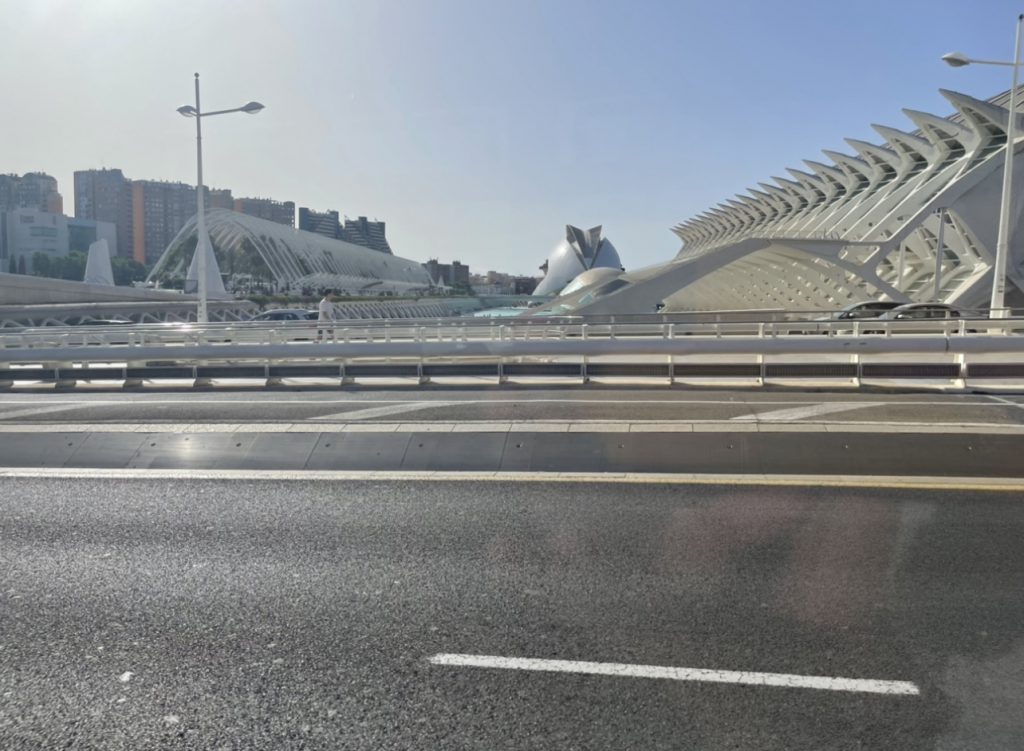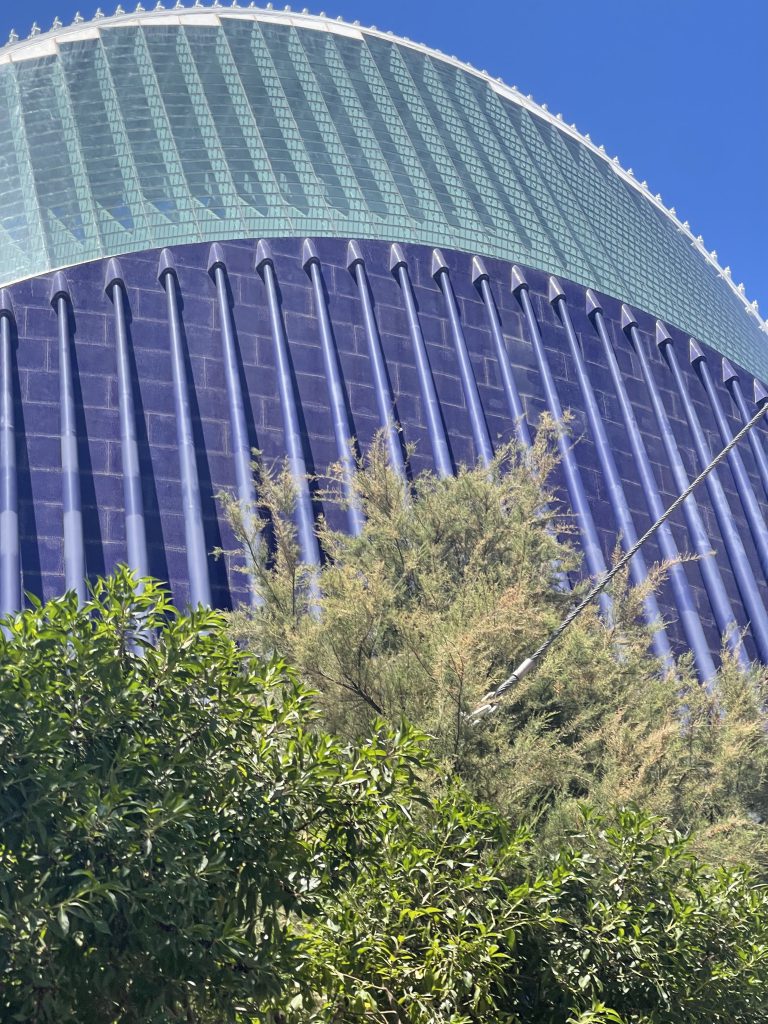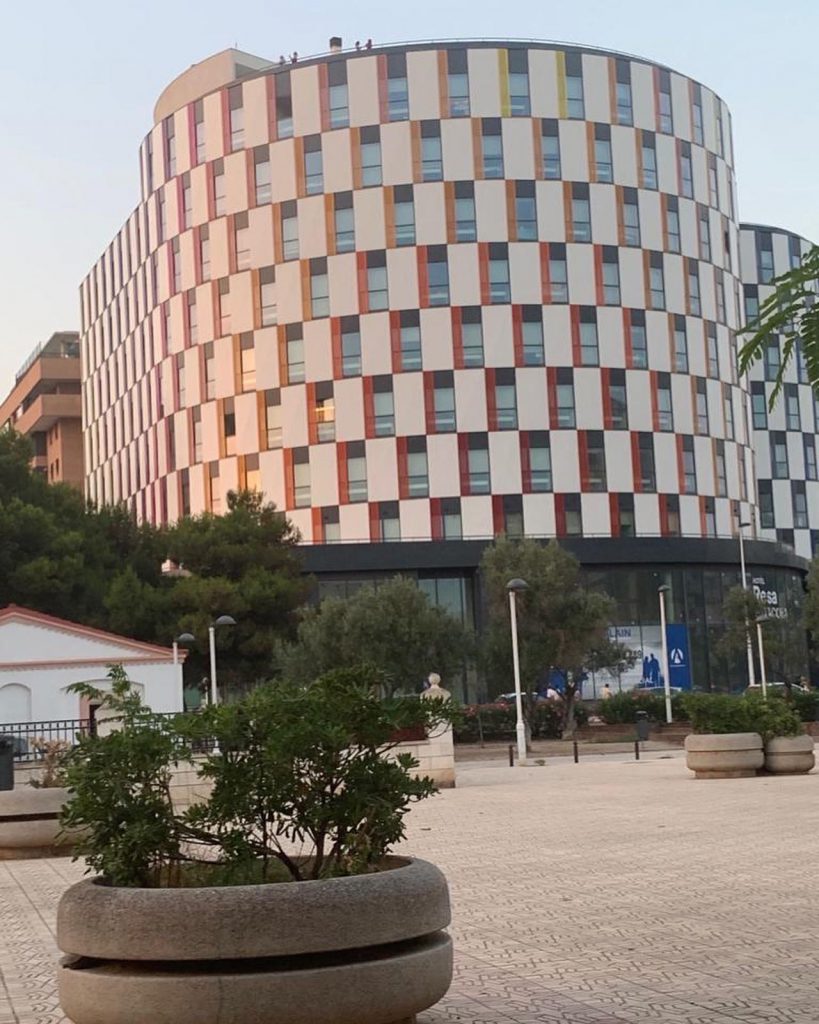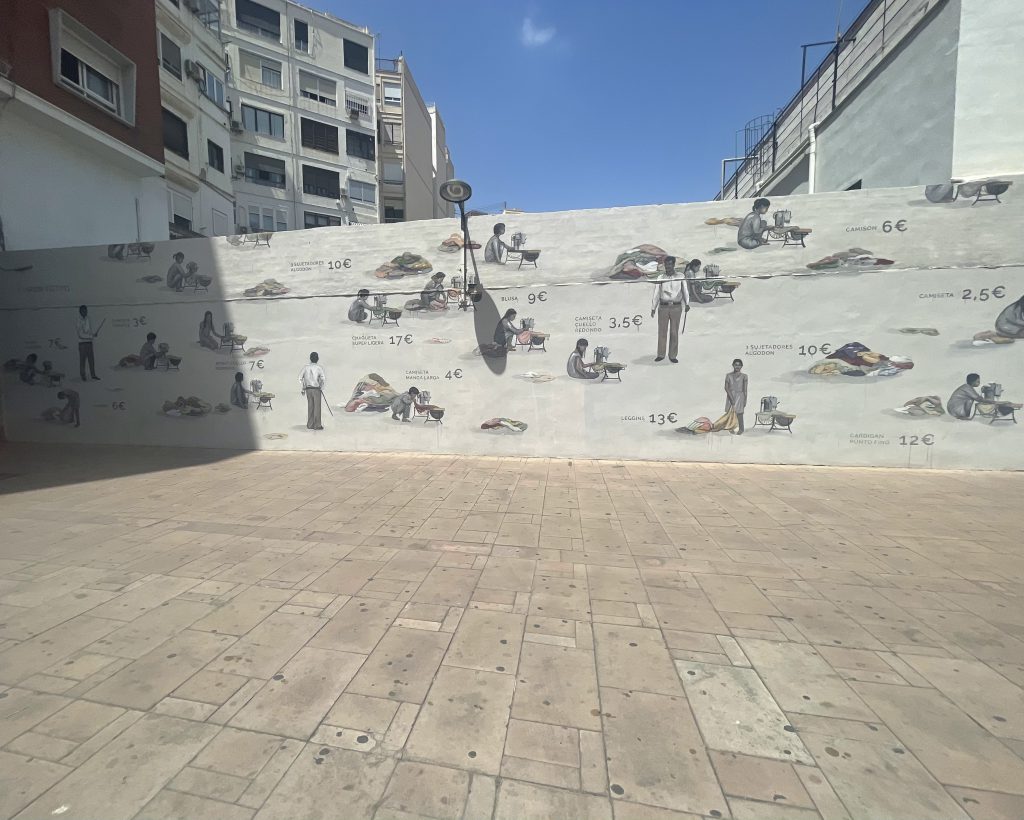LEAVE IT!
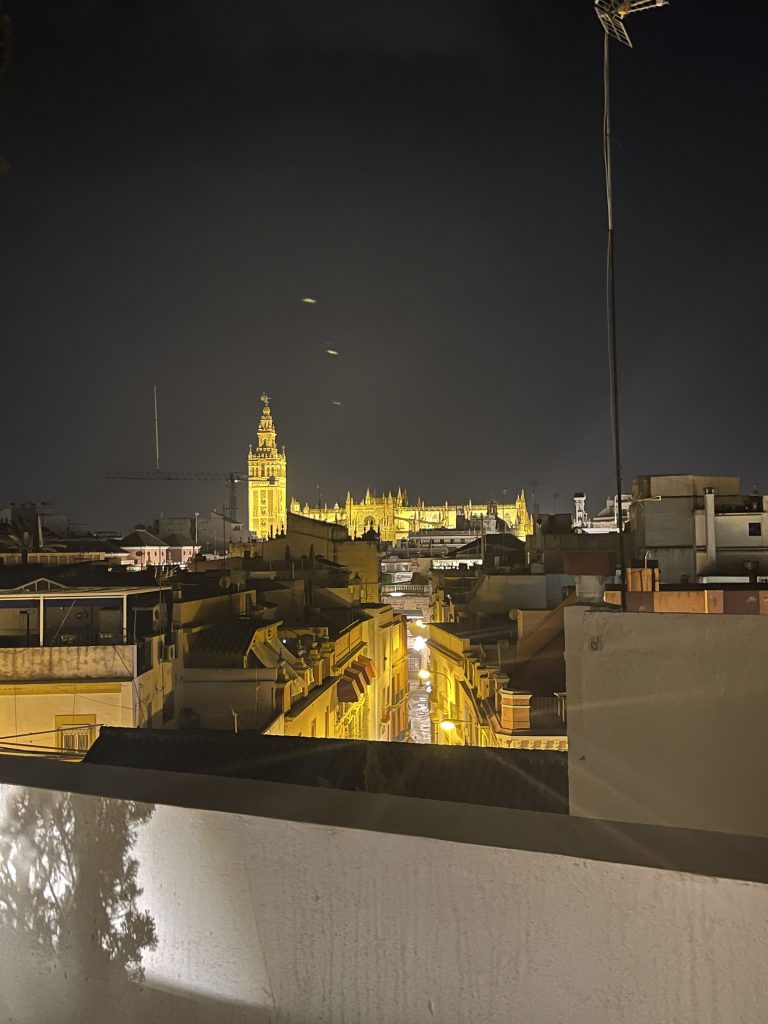
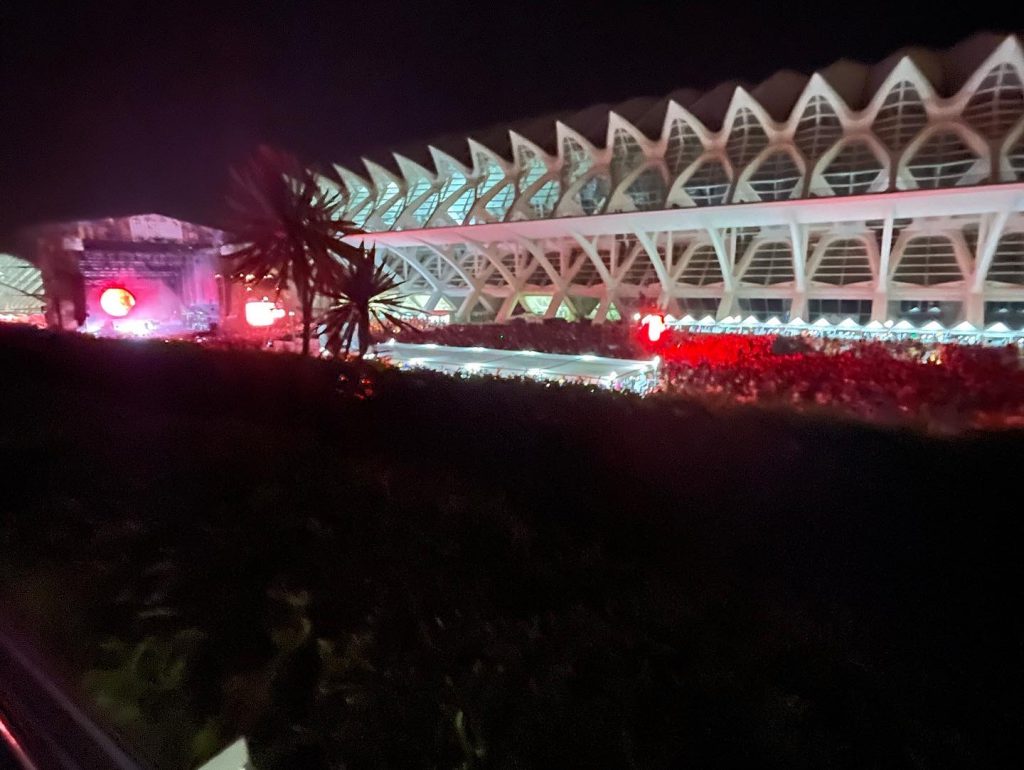
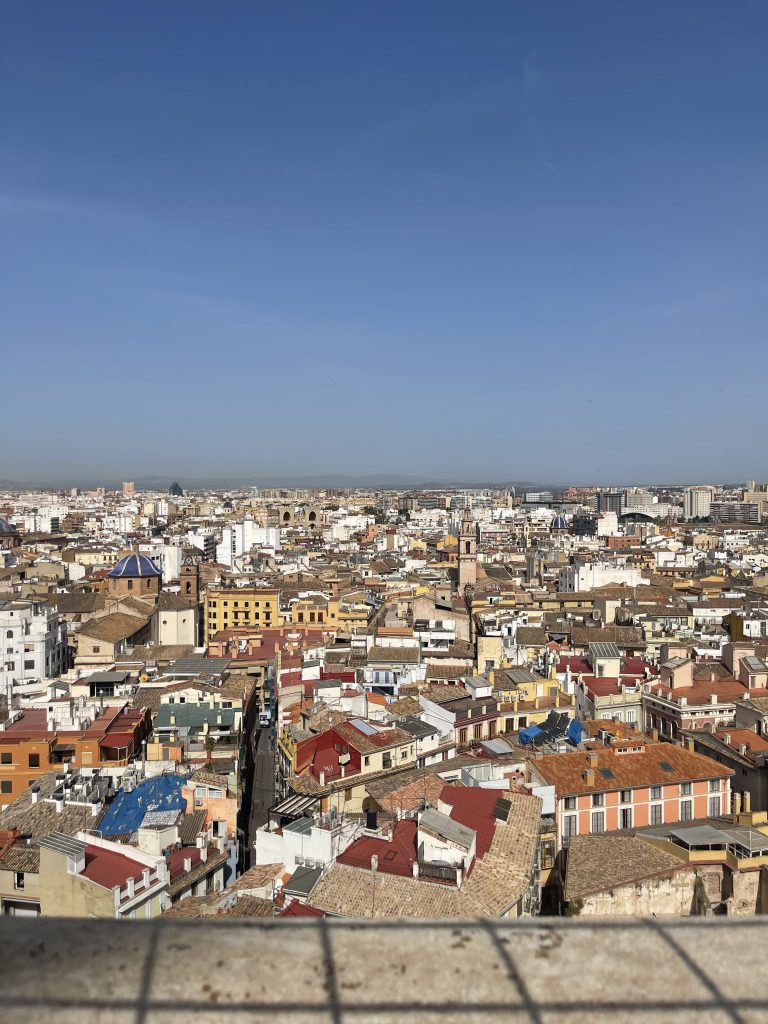
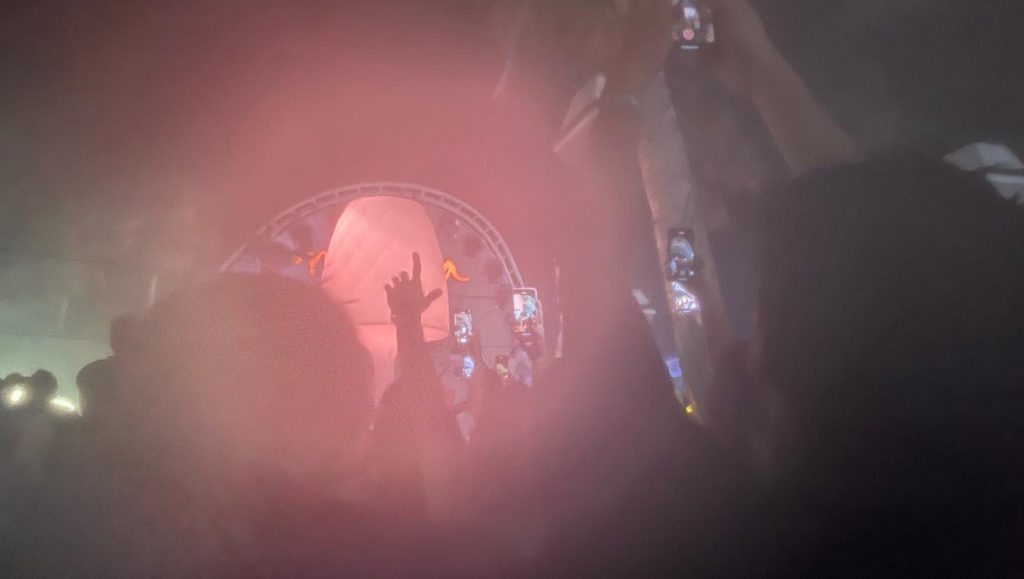
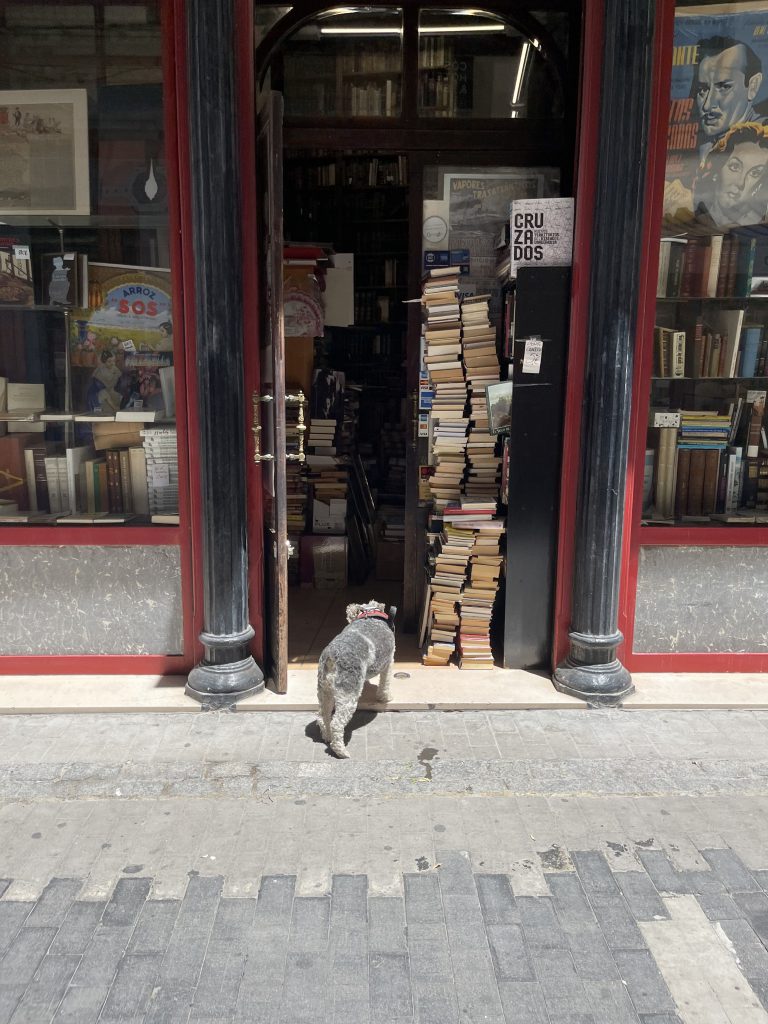
I would not have necessarily considered myself an introvert before my time as an exchange student in Valencia. Afterward, however, I can say that it was a fully wholesome experience and that the exposures I gained in Valencia were ones unique to me and my journey. I am grateful for having had the opportunity to experience this program with fellow classmates during the short six weeks that we were there. Six months ago, I would never have believed it possible for me to be able to explore a culture and entirely new region while studying and living with locals alike. I learned many things from being able to work with professionals during our internships to studying in classrooms and having weekly tours with classmates and sometimes locals. Often when I was not in class or doing coursework, I was looking for something to do when the opportunities were endless. Many students including me explored the old city or went to historical museums, monuments, and locations. There were times of course when the best thing or the thing I needed most was to be by myself but most times afterward I would regret having spent most of my time huddled up in my hotel room. Alongside tourist attractions, and eating at new and different locations the most fun I had was when I was with my groups of friends at the beach, at home-stays, or simply just walking through the streets of Valencia. If I had any advice to give to my past self or other students participating in a program like the Valencia exchange I would say: Get Lost! Leave your comfort zone! Meet new people, and make the most of your time in a new place. Say yes to that friend or go say hi to that person who you haven’t met yet. I have had so many experiences during this trip that would not have occurred if I decided to stay in or say no to that friend.
Initially, I was scared to try and form new friendships or talk to strangers but after the first instance, I realized that wanting to form connections is human and everyone around you wants to feel a connection to something. Although I could not explore the entirety of Valencia, I appreciated that I could begin to locate landmark locations just by walking or commuting by bus (although Google Maps never left my side). The most useful tool I had, even in the heat, ended up being my feet. Although I enjoyed watching others fly by on electric scooters and my occasional bike ride by Valensbi rental it was often walking that would get me from point A to point B. Traveling to other cities in Spain was also something I didn’t decide to do until the end of the trip. I would consider travel experiences however vital to my understanding of international travel and figuring out what to do when I was in unknown places. I tended to learn more when I headed into things alone and ended up for the most part doing that as often as I could. Go to that show! Go to that festival! Say hi to that stranger and make the most of what you have because with time it might soon be over!!!!

Think outside the box, color outside the lines, break the cycle, break the rules, lose your security blanket!
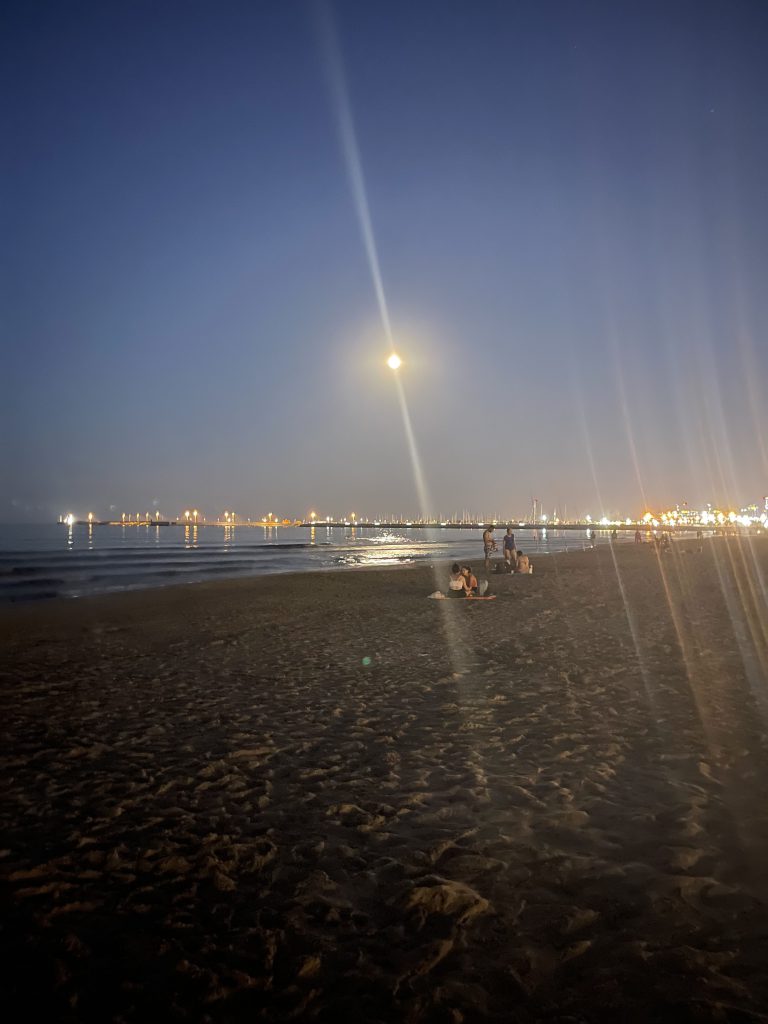
<3

